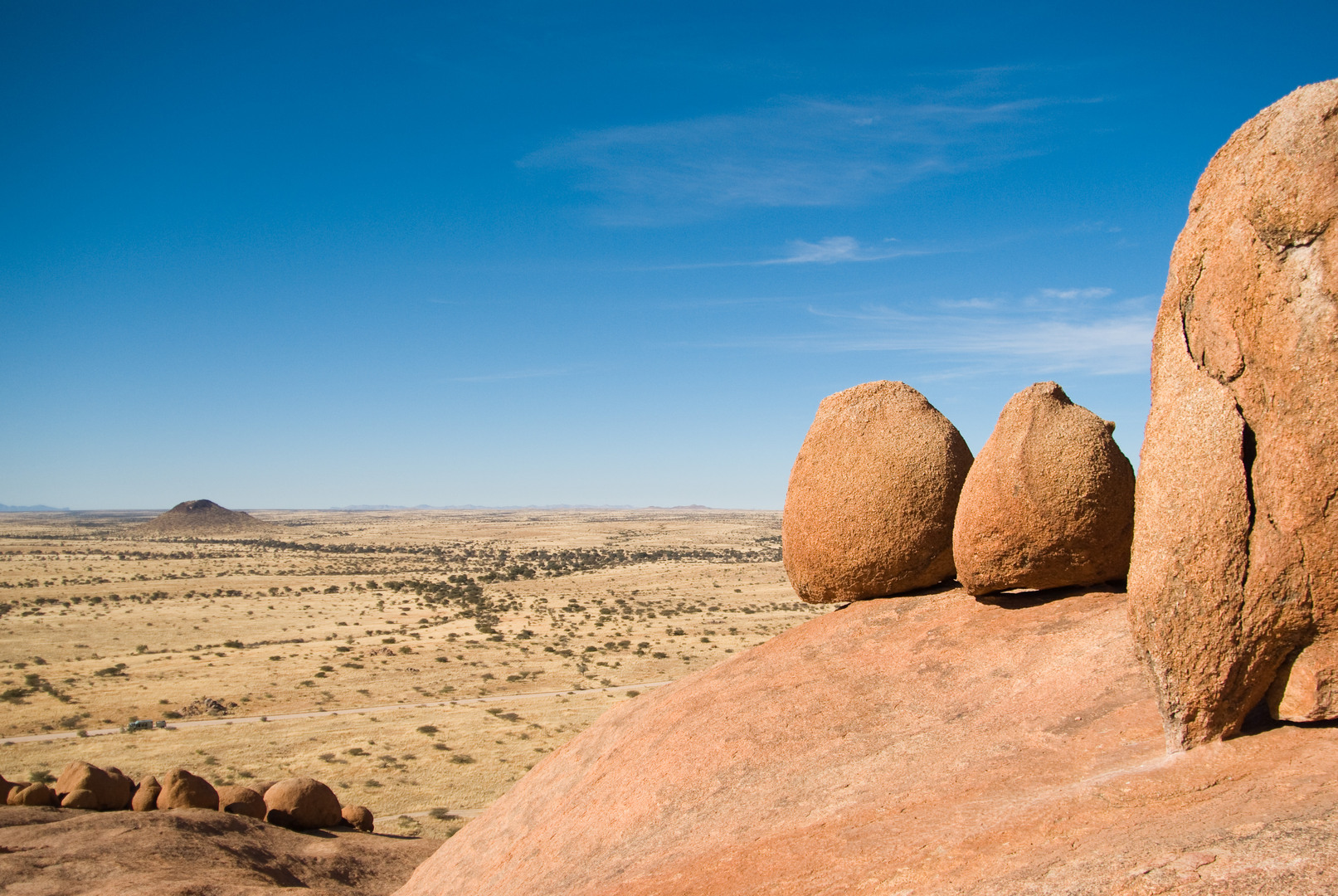It is an extraordinary survivor of an ancient aquatic world- now a new study unveils how one of Earth’s oldest reefs was formed.
Researchers have discovered that one of these reefs- now located on dry land in Namibia- was created almost 550 million years ago, by the first animals to have hard shells.
Scientists say it was at this time that tiny aquatic creatures gained the ability to construct hard protective coats and construct reefs for shelter and protection in what was becoming an increasingly dangerous world.

They were the first animals to build structures similar to non-living reefs, which are constructed through the natural processes of erosion and sediment deposition.
The study reveals that the animals attached themselves to fixed surfaces, and each other, by producing natural cement comprising of calcium carbonate, to form rigid structures.
The creatures- known as Cloudina– built these reefs in ancient seas that now form part of Namibia. The fossilized remains that are left behind are the oldest reefs of their type in the world.
Cloudina were tiny, filter-feeding creatures that lived on the seabed during the Ediacaran Period, which ended 541 million years ago. Fossil evidence has shown that animals had soft bodies until the emergence of Cloudina.
Findings from the study- led by scientists at the University of Edinburgh- supports previous research that suggested that species developed new features and behaviors in order to survive due to environmental pressures.
Researchers say animals have developed the ability to build reefs because of the need to protect themselves from increased threats from predators. Reefs also provided access to nutrient-rich currents at a time when there was growing competition for both food and living space.
Scientists say the development of hard biological structures- through a process called biomineralisation- created a dramatic increase in the biodiversity of aquatic ecosystems.
The study, published in the journal Science, was carried as a collaboration with University College London and the Geological Survey of Namibia. The work was supported by the Natural Environment Research Council, the University of Edinburg and the Laidlaw Trust.
Professor Rachel Wood, Professor of Carbonate GeoScience at the University of Edinburgh, who led the study, said: “Modern reefs are major centres of biodiversity with sophisticated ecosystems. Animals like corals build reefs to defend against predators and competitors. We have found that animals were building reefs even before the evolution of complex animal life, suggesting that there must have been selective pressures in the Precambrian Period that we have yet to understand.”
Contributing Source: University of Edinburgh
Header Image Source: blog.queensland.com




